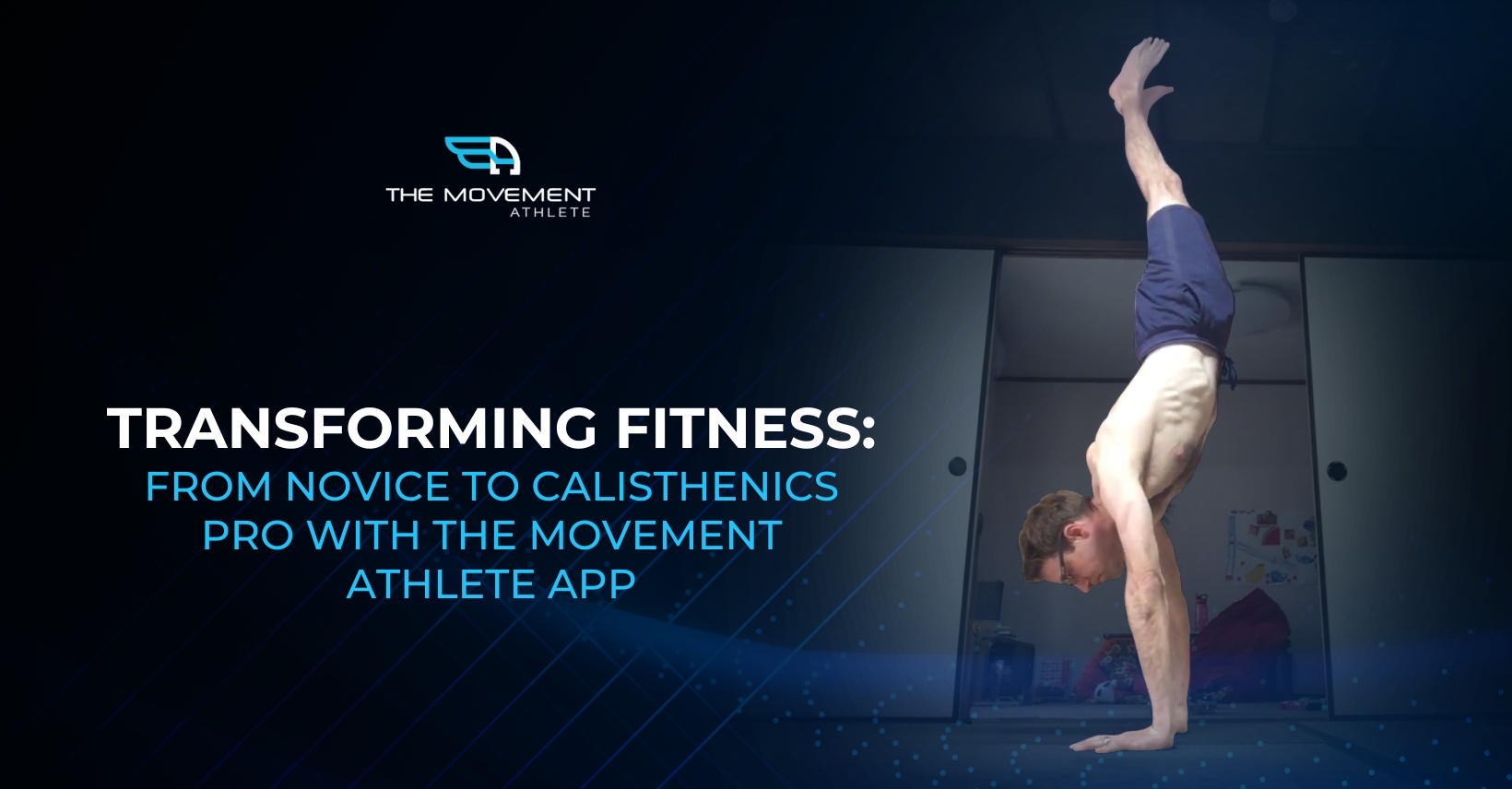
Join the tribe of Movement & Calisthenics Athletes –
People just like you that are working with their own body weight to get strength, lose fat build muscle, recover from injuries and live their best lives!
We have a lot of things going on in our individual lives. There’s matters in work, family, community and even in yourself. That’s why a common problem among those who doesn’t work out is time. “I don’t have the time,” and ,“I can’t find the time,” are common phrase we usually hear from them.
Are you one of them?
If so, we’re thrilled to share to your advice, tips and tricks from Calisthenics Academy athletes on how to consistently train even with your very tight schedule.

10 Movement athletes share their advice on how to find the time to workout

Do the math. You have time!
“There are 168 hours in a week. If you sleep 7 hours a night that leaves 119 hours. If you work a 40 hour work week that leaves 79 hours. You’ve got time!”
You don’t like math? That’s fine. One of our users already did it for you. You have 79 hours in your week that’s up for grabs! Heck, working out doesn’t even come close to near ¼ of the 79 remaining hours.
Of course, you’re not going to workout for all the remaining time. 3 hours a week will do. It’s all up to you.
What I really want to point out is that YOU GOT TIME.

Exercise doesn’t take much of your time.
“Time is a huge issue with people! Fitness doesn’t have to take hours a day, it can be as simple as doing squats or push ups while you wait for your coffee maker in the morning!”
Going back to our time math, let’s say you have 79 or even 39 hours left in the week. Exercise plus your additional rest periods will only take a little bit of your time.
You can start with simple exercises that take around 10 minutes. Of course, you eventually have to gradually increase your intensity and duration. This is still relatively a small portion of your time. No worries, mate. You could also do it while waiting for your morning eggs to boil.
Do some push ups, squats, dips, pull ups or go for a jog!

Create time slots and build a habit.
“Create time slots and build routine. Learn to say no to things that prevent you from building up routine. Once the ball gets rolling, it is easier to say no, because your body will ask for training time…”
After realizing how much available time you have for your workout routine, you have to set a time slot for your exercise. Of course, you have committed on your schedule. It might be difficult at first, but once your body develops a habit, training will be easy!
The next time you find some free time in your schedule, your body will be looking for a good quality workout. For now, just stick to the time you set for your workout.
Try different time frames: morning, afternoon, evening, after work, before work, etc. Experiment on what’s best for you and what schedule you can commit to. And then STICK TO IT! If the schedule is easy for you to follow, making a habit out of it will come naturally.

Schedule your priorities.
“One of the best quotes that stuck with me is: “The key is not to prioritize what’s on your schedule, but to schedule your priorities.” You’ll make the time to workout if you really want it and you have to want it!”
To commit to exercise and your schedule, make exercise a priority on your list. Making it your priority makes you commit to it even if you’re feeling lazy or having a bad day.
Also, you’ll always make time for it, even if your have some changes in your schedule. Another The Movement Athlere said, “you have to make time, not find time.”
Of course, you also have to WANT to exercise.

Start small then build up from there.
“Start with shorter sessions, or even split them (bit in the morning, bit after work). Identify things that aren’t as important that you can reduce (30 minutes of tv?) and time is easily found. Just don’t demand 2 hour sessions 4 days a week right off the bat. If that is what you end up doing, you will find you are hooked and other things become less pressing and time will find you. That said, I found 2 hours sessions are fun once in a while but kill your joy doing it long term. I’d rather have 40 minutes each day, than 2 hours every other day until I have to take a week off.”
Committing all out and all too sudden can tire you out. You still haven’t developed the habit and a drive to train 1-2 hours for 4 days a week. Your body might also not be ready for the stress it’s going to undergo. The solution: start with small steps.
Start as simple as 30 minutes per day. You could also divide those into 10 minute workout sessions throughout the day. This way, you will also maximize your down time.
If you’re struggling to find the time, take it from your other “down” time. Maybe you’re watching too much Netflix or surfing the net too much. Of course, you can still do those. All I’m suggesting is that you look for the time and develop the habit to workout.

Push yourself to train even on your bad days.
“If you have no desire to train, make the first exercise. And if you don’t feel like it then, you can stop. But most of the time you keep going.”
This is a very simple technique, but very effective. If you’re feeling sluggish, lazy or just not in the mood to workout, start with a simple exercise. Do as little as one set of push ups or whatever exercise you want to do. Once you get started, you’ll probably continue with the rest of your routine.
All it takes is the first step. If you’re following a schedule but too lazy to do it, commit yourself just one exercise and see where the exercise will take you. You’ve started anyway, so might as well finish the whole routine, right?
On the other hand, if you’re sick, listen to your body and get some rest. Don’t push it because it can get worse and/or you can injury yourself. Stay safe!

Move to beat!
“Put on your favourite music when you’re working out so you’re always pumped for the next session. Keep your goals in mind and remember if you’re not a fan of exerting yourself – once you finish you’ll feel awesome!”
Who doesn’t love music? You can incorporate it to your training to get hyped before and during your session. Music gives you a psychological boost which makes you perform better. It also allows you to enjoy your session even more.
The key here is to choose the music you love that motivates you to move. Save your slow beats for after your workout. If you fancy Taylor Swift, choose the beats that make you jump rather than the beats that make you cry. There’s a time for that. For now, you work out!

It’s all about the journey, not the destination.
Cliché! Cliché! I know but it still holds the truth. Well, you still need to set clear goals and objectives for each workout session and for the long term, but you have to be mindful and enjoy the workout process itself. It’s tiring, and sometimes it feels a lot better to lie down and sleep your troubles away. You have got to focus and just enjoy the process. If it helps, find a training partner to hold you accountable. If you prefer to work out alone, find an approach that motivates you best.
One more thing, you have to have realistic expectations. Setting unrealistic goals only makes you lose your motivation. Get realistic goals and train consistently!

What do you think of our advice, tips and tricks?
Let us know in the comment section below. Could you also share your own technique for training consistently? Stay strong!
REFERENCES:
Terry, Peter & I Karageorghis, C. (2011). Music in sport and exercise. The new sport and exercise psychology companion.
Thakare, A. E., Mehrotra, R., & Singh, A. (2017). Effect of music tempo on exercise performance and heart rate among young adults. International journal of physiology, pathophysiology and pharmacology, 9(2), 35-39.